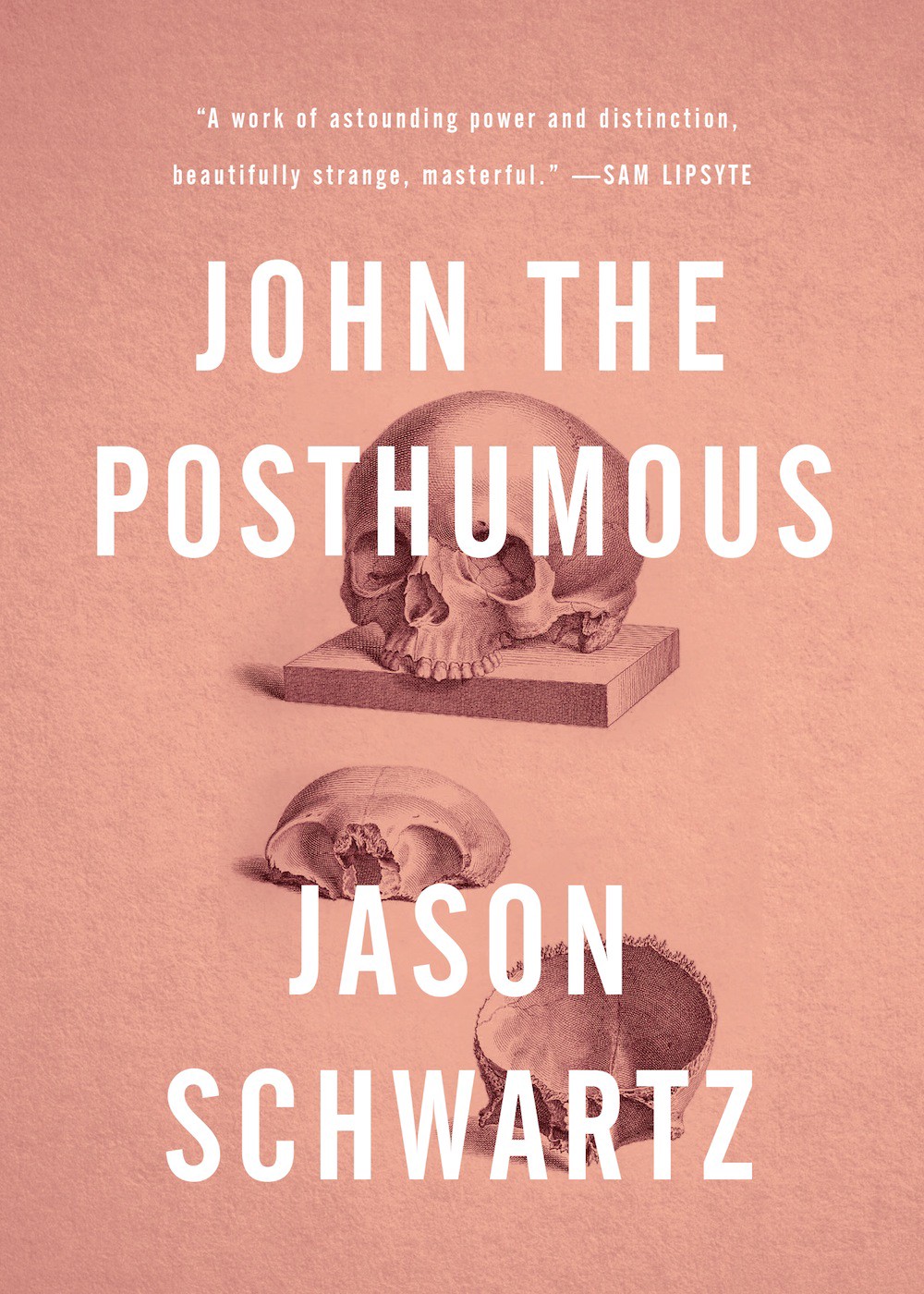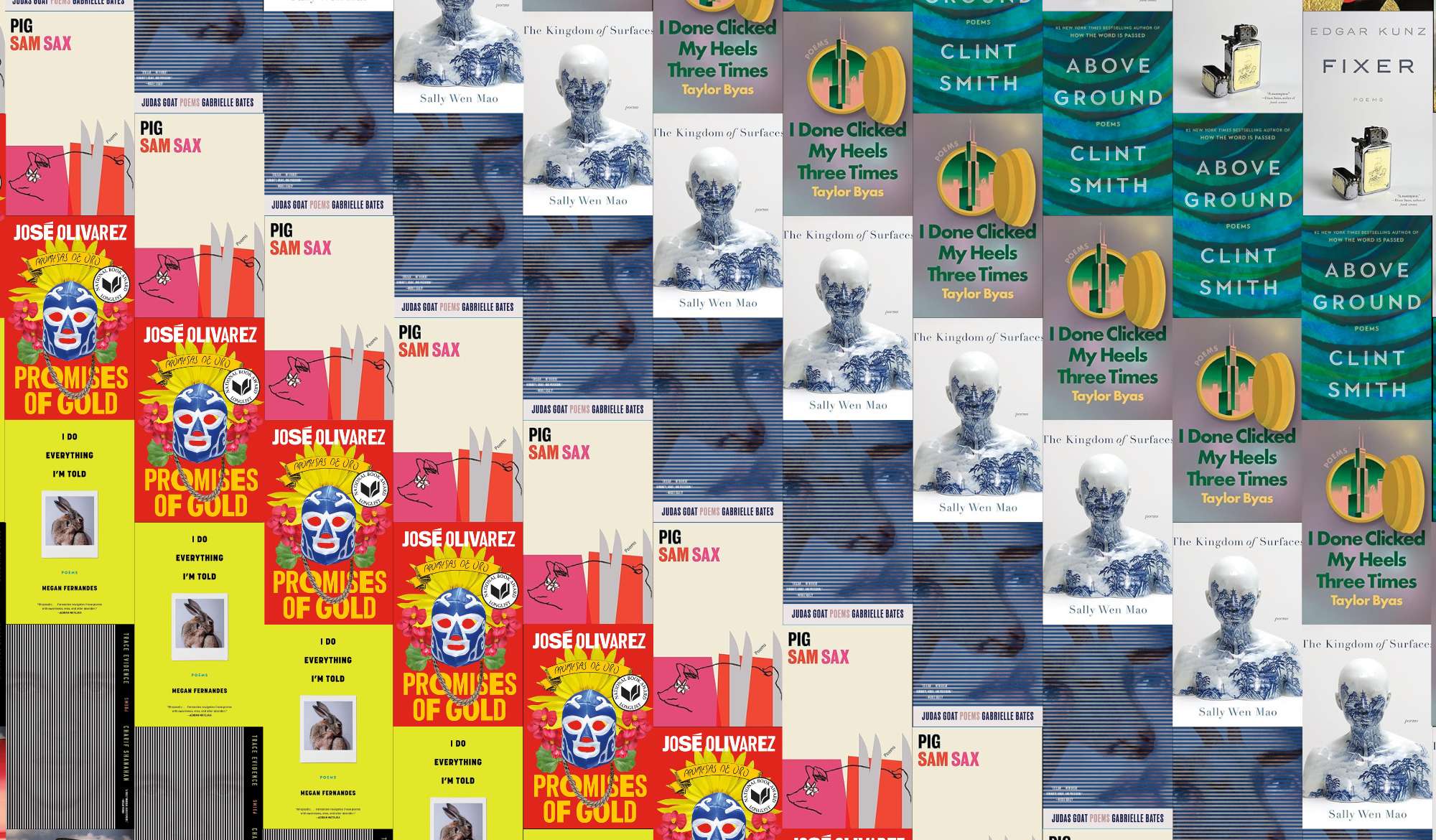Books & Culture
REVIEW: John the Posthumous by Jason Schwartz

by David Winters

Conventionally, a review of a novel should offer some sort of synopsis. Such a review might climb to all sorts of interpretive heights, but still, a basic part of its job is to summarise its subject’s plot. At an elementary level, reviews are expected to be about what books are “about.” And this is precisely where Jason Schwartz’s new novel poses a problem. John the Posthumous is impossible to synopsise.
Put bluntly, this book will beat any critic’s attempt to boil it down to a summary.
But it doesn’t follow from this that the book has no plot. Rather, John the Posthumous reminds us as readers that plots aren’t reducible to what we can describe. Instead, as with crimes or conspiracies, plots can be something we try to discover — with no certainty of success.
In this respect, Schwartz’s writing spins the reading experience into reverse. His prose puts readers in a position where the most rudimentary aspects of reading are no longer givens, but goals. Our literary traditions train us to want certain “returns” from the task of reading. Usually, we’d like novels to leave us with a better understanding of ourselves; a better idea of where we belong in the world. But Schwartz’s work shrinks from the world, like a whirlpool, pulling us down to a depth from which nothing returns to the surface. Or maybe it’s more like a dream — one whose meaning can’t be translated back into waking language. Whatever the metaphor, this sort of writing frustrates some fundamental assumptions about the consolations of fiction. In short, Schwartz is difficult.
John the Posthumous articulates an alien linguistic world, woven together from Biblical quotes, opaque legal cases, and allusions to Winslow Homer’s paintings — not to mention eighteenth-century conduct books, histories of the French monarchy, and the floor-plans of abandoned properties (that’s just to begin with). The book is a baffling accumulation of folklore and apocrypha, convincing fictions and far-fetched facts. To take one example, Schwartz’s narrator cryptically claims that “some Colonial maps display rows of daggers for fenceposts, and rows of cannons for houses.” Later he remarks — apparently at random — that “maps of the body, in early anatomy, display the organs as houses in a town.” Now, imagine a book built wholly out of such statements; a map that collates other maps — of history, culture, and literature — and then madly scrambles their landmarks. This, for instance, is a typical passage:
The parable of the bed — I imagine the Bible contains no such item. What delicate phrases we must, therefore, do without. Tin knives and burnt blankets, a plague gate. Buried nightdresses, whether diseased or in pieces, find considerable favour in chronicles of a more Teutonic sort. While the parable of the gown ends, once again, without evidence of my wife.
So far, so impenetrable — but let’s take a different tack. Threaded throughout these strange declarations, the words “wife” and “wives” arise thirty-five times. Also, “adultery” and associated words (“adulterer”, “adulteress”, the Latin “adultera” and, “to use the legal term… adulterium”) make twenty appearances. Correspondingly, “cuckold” and “cuckoldry” (which the narrator notably calls “my proper topic”) occur on ten occasions. “Bed”, “bedsheets”, “bedclothes” and “bedroom” combine to a total of ninety. So, it’s striking that “knife”, “knives” and “blade” add up to sixty-seven. “Blood” appears twenty times, “throat” nineteen, and “murder” and “kill” total twenty again.
Forty-four instances of “burn”, “burnt”, “burning”, “fire” and “flame” fan out across the text.
Finally, tellingly, there are twenty-one uses of “body”, always appearing alongside such phrases as “in agony”, “oddly marked”, “in distress”, “broken”, and, of course, “burnt.”
Now we’re getting somewhere: whether or not Schwartz provides a “plot”, he at least leaves a trail of breadcrumbs; a path through the labyrinth. Schwartz’s assorted facts and falsehoods hint at a hidden “history of adultery” — or, as the narrator later describes it, “a geometry of nuptial detail.” And the pivotal piece of this puzzle — the wife — is unnervingly absent. On one level, then, the book can be read as a killer’s confession — perhaps a coded personal journal, peppered with clues; or a rulebook for a meta-literary murder mystery. But Schwartz isn’t merely playing games. The power of John the Posthumous stems less from the promise of solving a puzzle, more from the emotions evoked when that promise is broken. Ultimately, what the book is “about” can’t be reconstructed into a narrative arc. All that’s left, then, is the trauma of narrative’s aftermath. Not stories, but feelings of fragmentation and loss form the lifeblood of John the Posthumous.
So, whenever Schwartz seems on the verge of revealing a story — or simply a sense of “progression” — he suddenly swerves, reversing away from revelation. And on closer inspection, this sort of reversal structures the book right down to the sentence level. The narrator’s claims nearly always entail either self-contradiction (he describes a scene as “north of the slaughter, or south of it”), equivocation (he calls a character “Edward, or perhaps Edmond”), or painstaking qualification (“or, more precisely” is his favoured formula). At one point he declares, “The word adultery derives from cry,” but then admits that it “does not; just as you had suspected.” In this way, his words recoil back into themselves — offering meaning with one hand; occluding it with the other. What gets left over from this operation — the remainder of Schwartz’s equation — is only an outline, an aura of an untold story.
Schwartz’s extraordinary style is entirely his own.
Yet no writer’s style comes from nowhere; even the most striking styles are imprinted by influences, or “precursors,” as Harold Bloom puts it. If anyone has played a part in shaping Schwartz’s prose, it would be Gordon Lish — the editor who published Schwartz’s early stories in The Quarterly, and his first book, A German Picturesque, through Knopf in the ’90s. Lish’s term for the recursive technique sketched out above is “consecution” — a way of writing by “walking backwards,” as some have described it. Through consecution, the narrative progresses by mining what has just been written: each sentence treats the previous one as a store of potential to be unpacked, or subverted. Of course, this is a simplification — the approach encompasses an entire aesthetic philosophy — but suffice to say, there’s a logic to Schwartz’s manipulations of meaning; a method in his madness.
Robert Musil once said that writing should combine “precision and soul.” But Schwartz has perfected his own compound of precision and menace. As his narrator proclaims, “ornament, according to one argument, portends death.” In his collection A German Picturesque, Schwartz had already shown a mastery of minutiae, crafting obsessive descriptions of trinkets — “bracelets”, “scrollwork”, “a Brussels-lace mantilla” — in order to conjure sadness and wonder from their inconsequence. In fact, Schwartz’s authorial gaze is as raptly exacting as Robbe-Grillet’s; Lish himself has described his style as “a totalized form of attention.” And John the Posthumous further intensifies this closeness of focus — only here Schwartz turns his attention to horror. In a sense, every scene is a murder scene; every ornament — “the rod, the shade, the ring” — an “emblem of betrayal.” Alluding to occult codes in old Bibles, the narrator remarks that “Satan appears to the left of every phrase. So goes one old notion.” And this is true of John the Posthumous too; the devil is in the details:
In our family Bible: the flyleaf is inscribed in blue ink, in a narrow hand. From husband to wife — followed by a month, a slash, a year. There is a curious break in the number eight. And a mark of sorts, a smudge — a tiny form in the corner of the page.
Perhaps such vignettes speak to the very spirit of John the Posthumous. The text’s chief achievement is its evocation of vast, expansive emotions — sorrow, dread, religious terror — from the most meagre materials; in Schwartz, each “mark” and “smudge” summons up a whole world. And as readers we lose ourselves in this world, as we would in a labyrinth — only, it is one we can never escape from. The closer we get to a sense of its centre, the more it withdraws; the more intricate its construction becomes. This is the reason why Schwartz’s novel — or better, his devilish stylistic edifice — can’t be reduced to a “story.” Ultimately, it’s less like a book than a fractal; a shape whose complexity never diminishes, all the way down to the smallest scale. Gilles Deleuze detected such qualities in the dense ornamentation of baroque art; a style, as he said, whose “twists and turns and folds unfurl all the way to infinity.” Fractal baroque: an unfurling art that enfolds us in incomprehension, in fear, but also in irreducible beauty. This would be a fitting description of Schwartz’s difficult genius — and of the infinite inner world that his writing inhabits.









